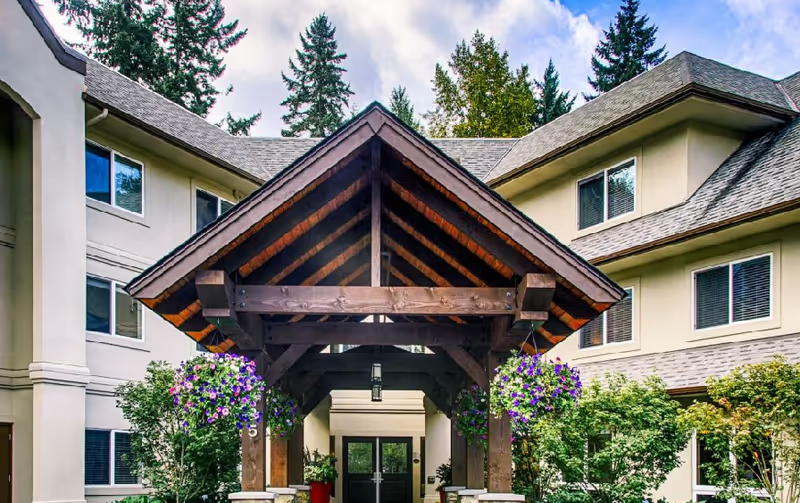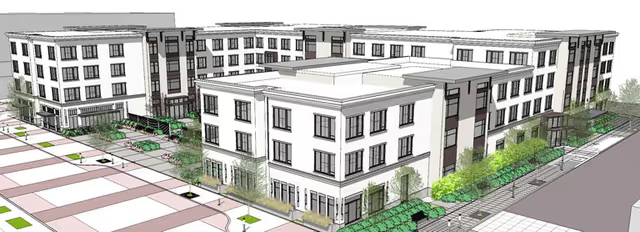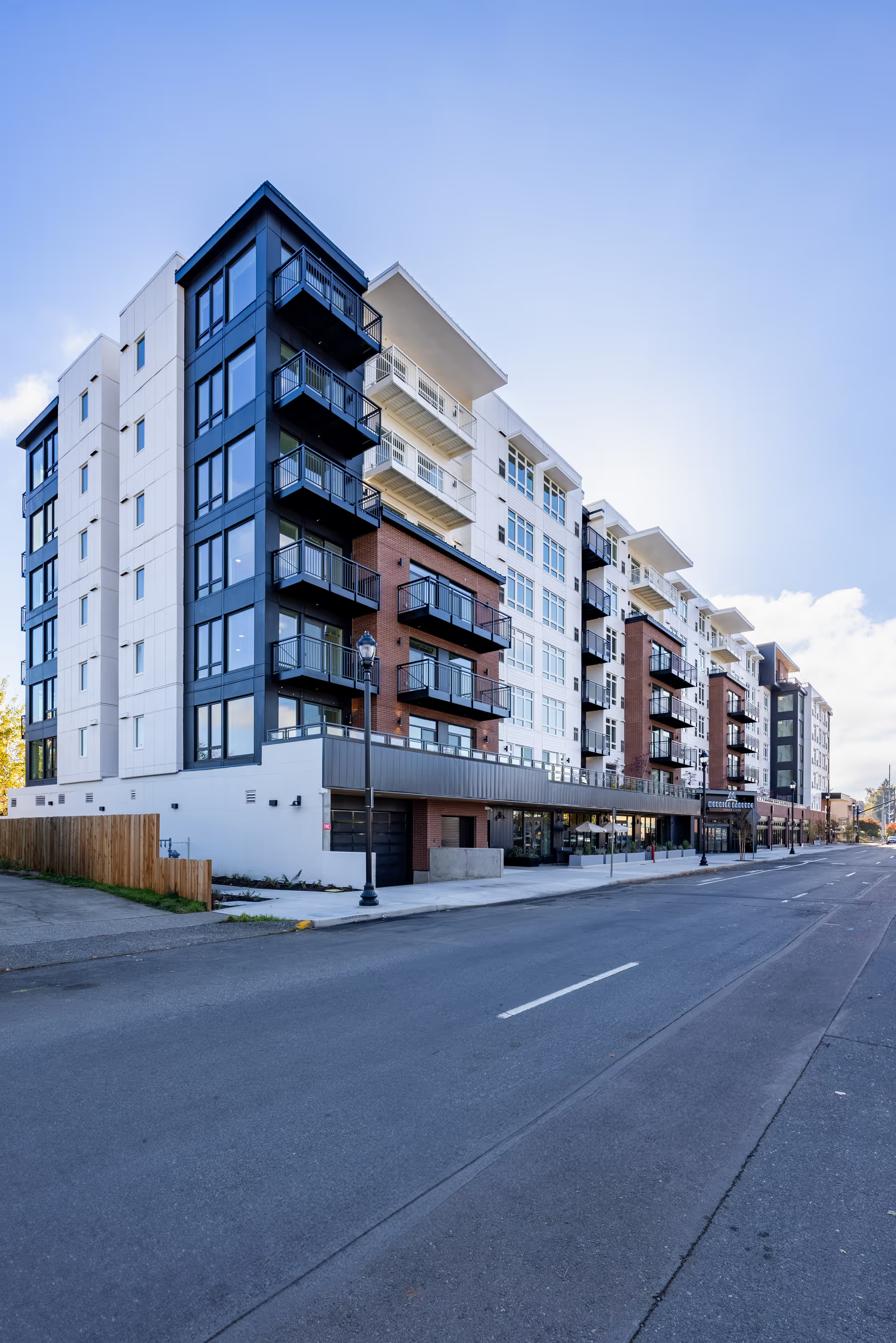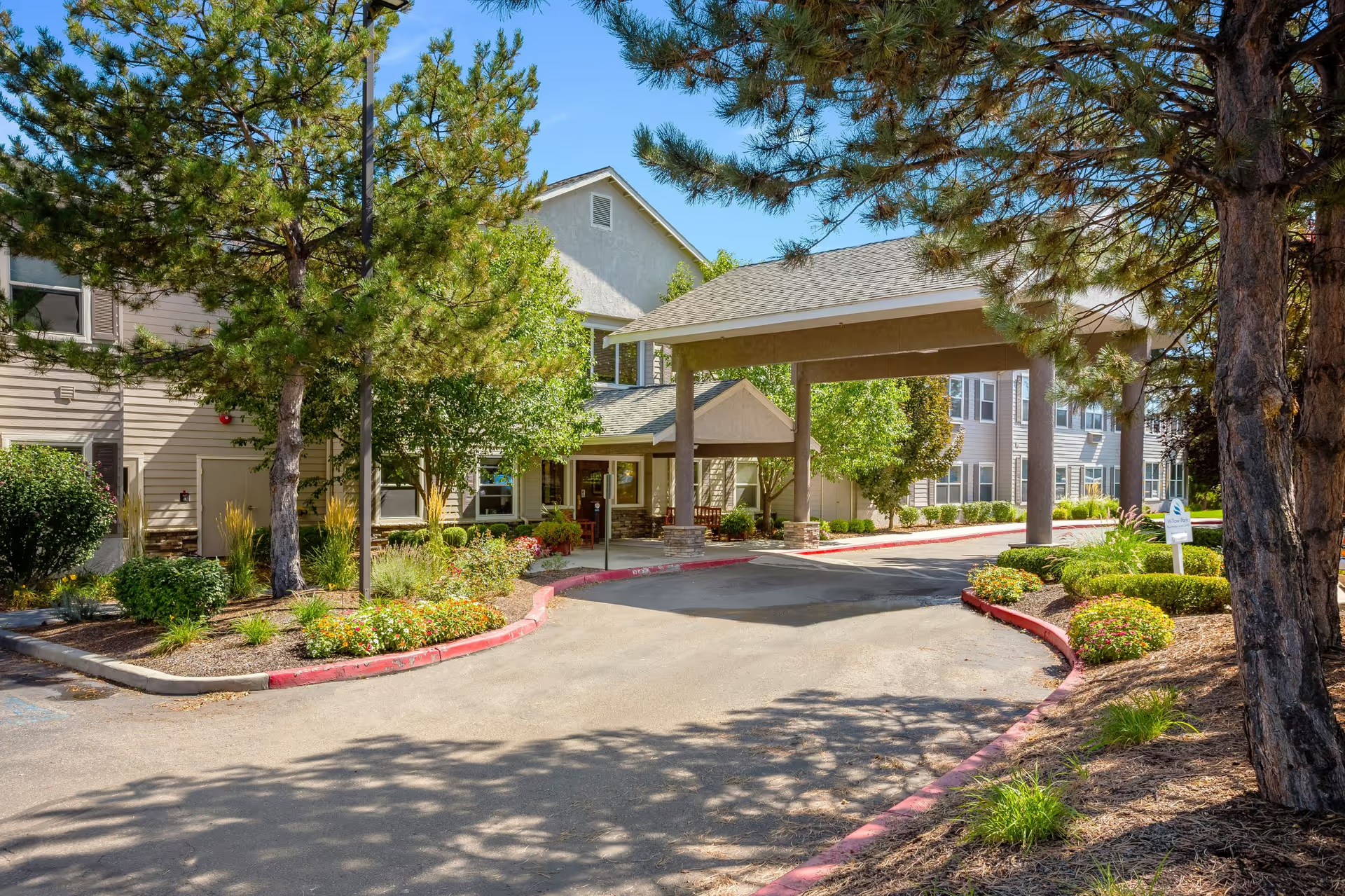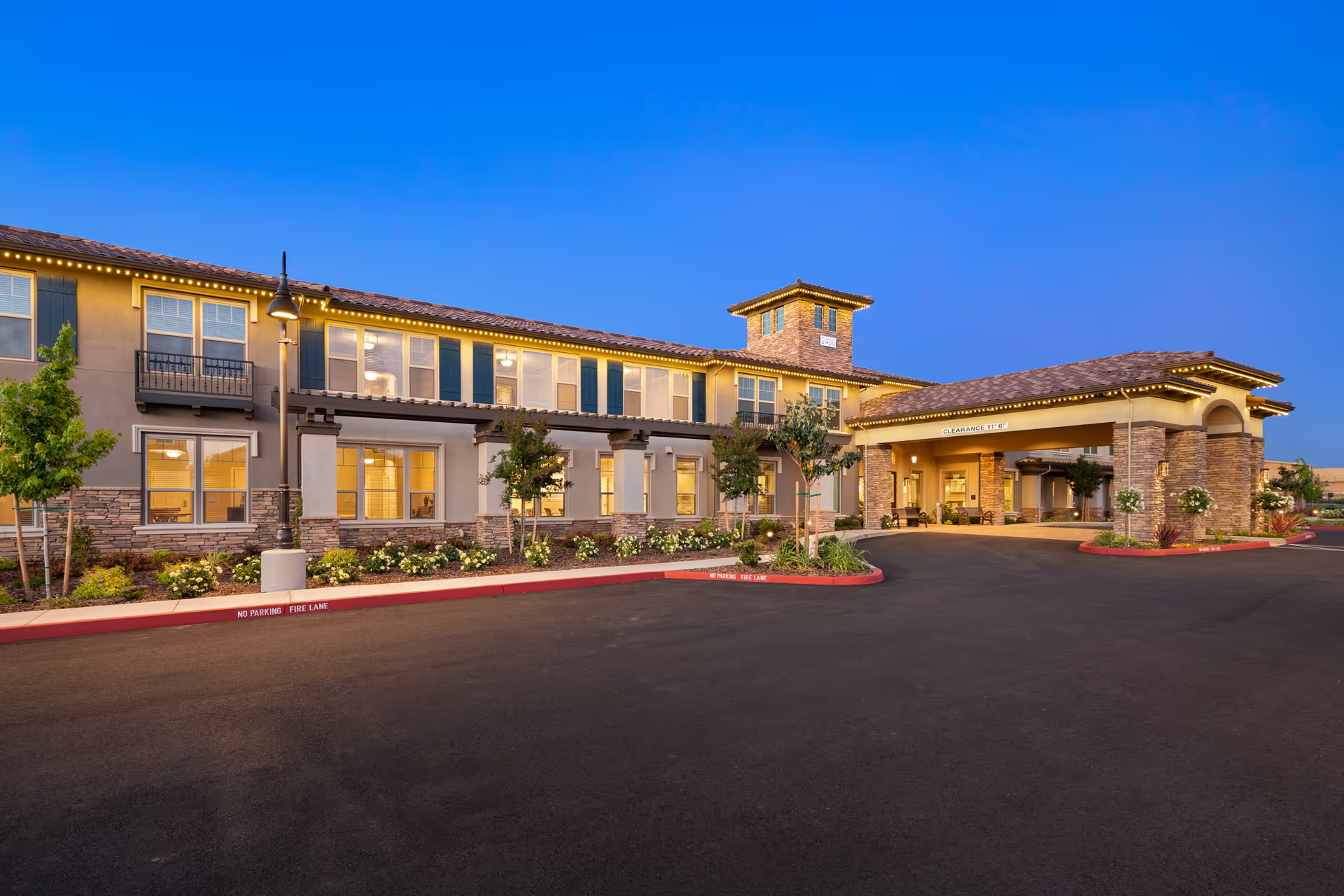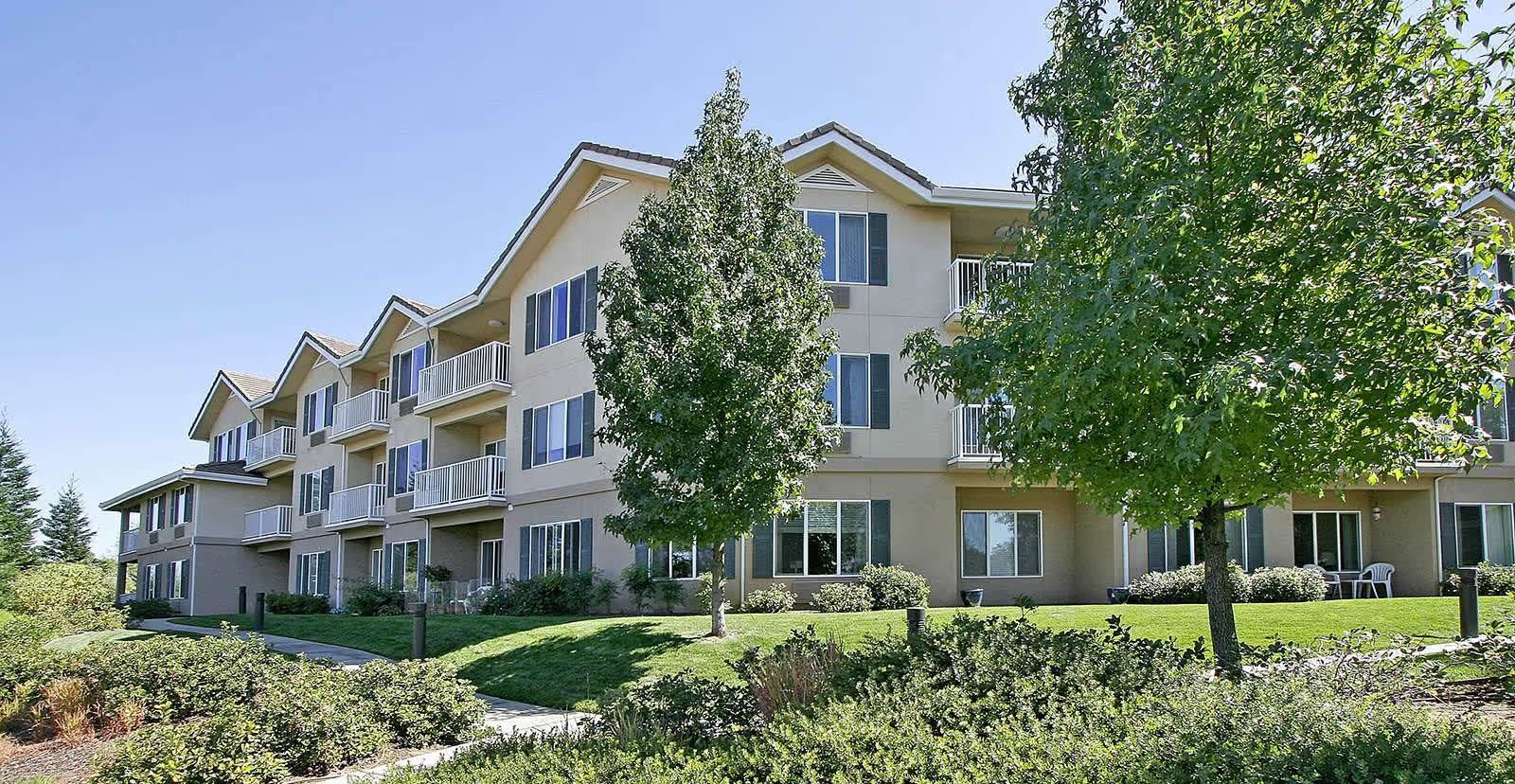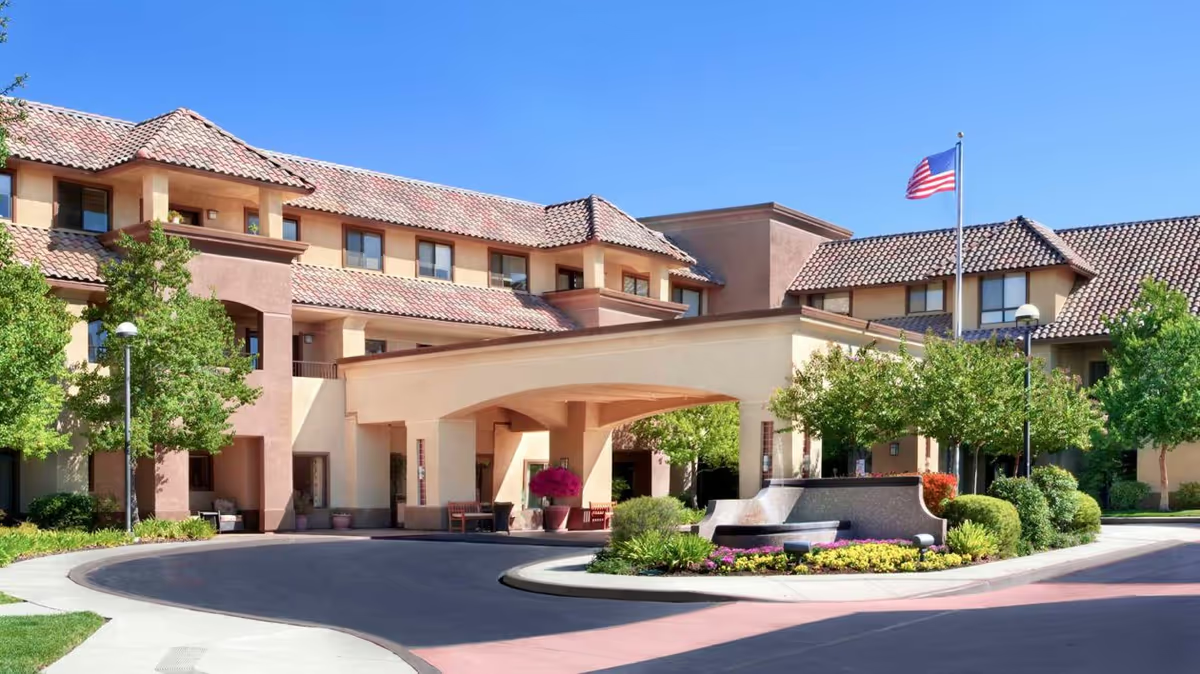Overall sentiment across the reviews is highly mixed and polarized, with a clear pattern: many families and residents praise the frontline caregivers, warm cottage-style environment, and attractive grounds, while a substantial and consistent body of reviews report systemic problems tied to staffing, management, safety, and basic care. The facility appears to present two very different faces depending on timing, unit, and management—some households describe an exemplary, home-like community with attentive staff and meaningful activities, while others describe neglect, safety incidents, and poor leadership.
Care quality: The most frequent praise centers on individual caregivers, med techs, and nurses who are described as compassionate, attentive, and skilled. Many families credit specific staff members with excellent hands-on care, medication diligence (in some cases), successful hospice coordination, and emotional support. Conversely, numerous reports describe missed medications, medication mix-ups, medication left unsecured, reuse of disposable medication cups, late or missing medication administration, and pharmacy-related restrictions. There are also serious accounts of inadequate hygiene (missed showers, soiled bedding, infrequent laundering), wounds attributed to neglect, infections, and at least one review that reports a resident death related to infection. These contradictions suggest that while some shifts/units deliver acceptable or even strong care, other shifts suffer from neglect and unsafe medication practices.
Staffing and workforce issues: Understaffing and high turnover are recurring themes. Families frequently report caregivers being overworked, one caregiver responsible for many residents, rushed care, and inexperienced or inadequately trained staff. Several reviews mention mass staff exodus, directors quitting, or multiple leadership changes within a short period (four managers in a year was cited). Positive reviews often note long-tenured caregivers and continuity, but the dominant trend is uncertainty: when staffing is adequate and experienced, care is praised; when short-staffing prevails, quality declines sharply. Reports that staff sleep on duty, are untrained, or cause accidents that injure residents amplify concerns about supervision and training.
Management, leadership, and corporate oversight: Many reviews single out poor management communication, ineffective administrators, and a profit-driven or corporate focus that prioritizes revenue over resident well-being. Complaints include billing mistakes, high extra fees (e.g., shower fees), lack of transparency about pricing and services, and failure to follow through on promised repairs or services. There are also multiple mentions of improvements after ownership changes (including a Pacifica takeover in one sequence of reviews), along with caveats that early post-acquisition staffing and leadership transitions created instability. A subset of reviewers report that certain executive staff were unresponsive or reluctant to pay for medical expenses after incidents.
Facilities, maintenance, and sanitation: The campus, grounds, and cottage layout frequently receive praise—residents and families appreciate the park-like setting, walking paths, gardens, and homey cottages. Memory care areas are described as secure in some reviews. However, many maintenance and sanitation issues are listed repeatedly: broken refrigerators left unrepaired for months, malfunctioning GFCI outlets, broken TVs or remotes, cabinet doors hanging, mildew in toilets, pest problems (ants, cockroaches, rats reported in some cases), strong persistent odors (urine), and slow repair response times. Housekeeping failures—rooms not cleaned for weeks or months, filthy carpets, soiled bedding—appear in many negative reports. These conditions raise both comfort and infection-control concerns.
Dining and activities: Experiences with dining are inconsistent. Several reviewers report very good food and improved meals over time; others repeatedly describe cold food, canned fruit, missed meals, or unappetizing offerings. Activity programming is likewise uneven: some families praise an enthusiastic activities director, daily crafts, ice cream socials, and active event calendars; many other reviews say activities are non-existent, inconsistent, or overstated during marketing tours. Several reviewers noted improvement when a new activities director was hired.
Safety, incidents, and regulatory concerns: There are troubling reports of safety incidents, including trip hazards in hallways, items obstructing egress, malfunctioning call systems, and multiple reports of accidents or injuries—some severe (eye injury, facial fracture, deep lacerations). Several families referenced regulatory intervention: state inspection failures and reports made to the Department of Health. Allegations of theft, rooms ransacked, and inadequate notification after hospitalizations add to concerns about security and communication protocols.
Patterns and variability: A dominant theme is variability. Positive and negative reports both appear in large numbers, suggesting that outcomes depend heavily on staffing levels, the shift or cottage, and current management. Many families report that proactive communication and persistent advocacy ("squeaky wheel") produced better results, indicating that individualized oversight by family members improves resident experience. Reviews also show temporal patterns: periods of decline associated with ownership or executive turnover, and periods of improvement when new leadership or corporate acquisition invested in changes.
Actionable takeaways for families considering this facility: Ask targeted, current questions about staffing ratios, turnover rates, and the number of caregivers per cottage/shift. Request recent state inspection reports and any Department of Health complaints and resolutions. Verify how medications are stored and administered, how housekeeping schedules are enforced, and what emergency and hospital-notification protocols exist. Tour at different times (mealtimes, evening, weekends) to observe staffing and activity levels. If moving in, establish clear lines of communication with management and identify which staff members are responsible for specific care tasks.
Bottom line: The Cottages of Snohomish elicits strongly divergent experiences. Many reviewers celebrate compassionate caregivers, a home-like cottage model, beautiful grounds, and certain good programs—these are genuine strengths. However, a substantial portion of reviews document systemic and serious problems: understaffing, management instability, unsafe medication and hygiene practices, maintenance and sanitation failures, and critical safety incidents. Prospective families should weigh the positive frontline caregiving culture against recurring operational and leadership issues, do thorough current-state checks, and plan for active family engagement and monitoring if choosing this community.
